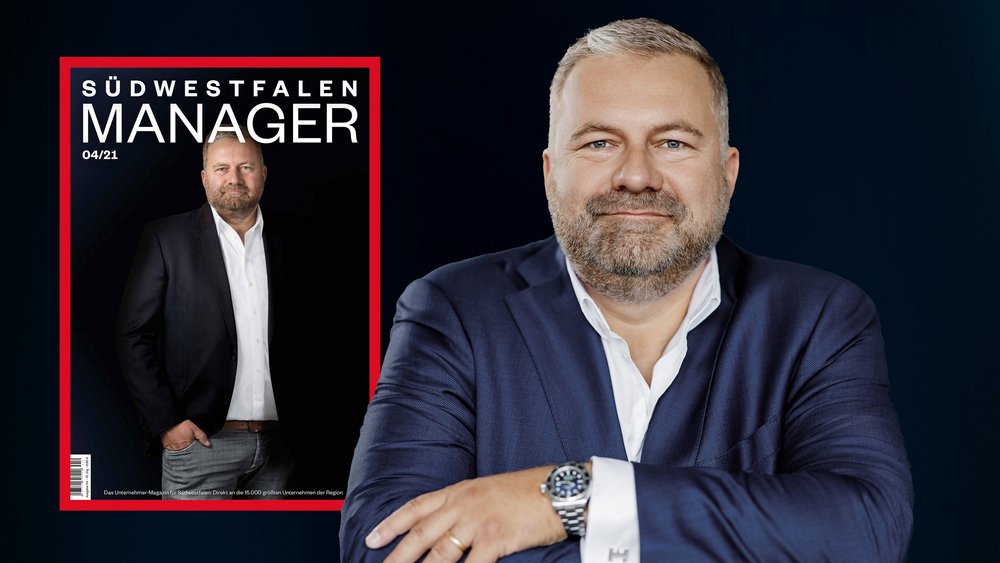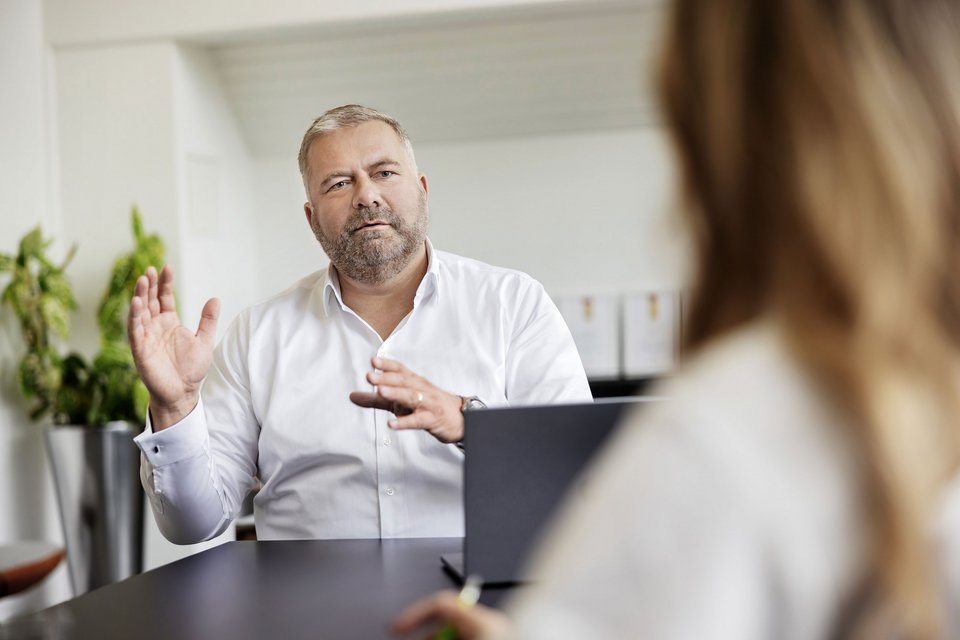Interview with the Chairman of the Management Board Dirk Burghaus
Mr Burghaus, you have been working at Sportklinik Hellersen for almost exactly five years now — first as a restructuring consultant and since May 2017 as a member of the Management Board. The situation seemed pretty dramatic when you took up your post. What was it like back then?
Dirk Burghaus: It really wasn't easy back then. We had been generating negative annual results for years. This was not least due to the fact that urgently needed decisions had not been made in the past. This affected both the medical and technical/organizational areas. It first had to be restructured from the ground up.
How did you manage to restore calm to the day-to-day running of the clinic?
Dirk Burghaus: In the healthcare sector, it is often the case that entrepreneurial thinking has to be applied to authority-like structures. This initially required a lot of organizational and persuasive work. I took on this and reallocated and demanded new responsibilities. That was urgently needed. We tackled and changed things — step by step. Whether in terms of digital transformation, medical focus and orientation, more efficient work processes or optimizations for patients — we have evolved and are now back on the right track.
Digitization is a term that is impossible to get around these days. What does this mean for you in hospitals?
Dirk Burghaus: Digitalization is vital for hospitals of the future. This conviction has not yet reached all players in the healthcare sector. Five years ago, when I started my job, we immediately launched a major digitalization offensive with a five-year horizon. Today, we can look back positively on the results and have achieved an above-average level of digitalization for the hospital market. However, we are not stopping here, but are constantly developing further.
In addition to digital patient files and a patient app that serves as a companion for patients before and during their stay, we have implemented an internal employee app as a central platform for cross-hierarchical communication. It is very important to us to communicate information in real time to the places in the company where it is needed. Especially during the coronavirus pandemic, when circumstances and conditions changed on an hourly basis, it became particularly clear how valuable fast, modern communication and digitalization are.
That is the internal view. What does that mean for the patient?
Dirk Burghaus: We are also consistently pursuing our path of digitalization in external communication. Online consultations and online lectures are now part of modern patient communication. And social media is also becoming increasingly important as an information and communication platform. WhatsApp is the communication medium par excellence. We will therefore now also open this channel to patients and interested parties. Patients should choose the communication channel that they feel comfortable with, naturally taking into account all data protection regulations. And it is precisely this removal of communication barriers that actively contributes to preventive healthcare, as patients can contact the doctor treating them earlier and in a more targeted manner if they have health challenges. On the other hand, this conserves the resources of specialists, for example by reducing the number of consultations that are not absolutely necessary.
The biggest challenge in this context is to make the ever-increasing flood of information and communication manageable. To this end, we are currently developing and implementing a system that will enable us to bundle the various communication channels and provide and retrieve information where it is needed at the time.
We will also be modernizing our website this year — of course, we will also be using the latest technology, such as chat or video bots, to provide patients with the information they need quickly.
What else has changed in recent years?
Dirk Burghaus: By establishing new specialist disciplines, we have been able to further expand our unique selling point and further increase our specialization. For example, plastic and aesthetic surgery, special pain medicine and special spinal surgery have been added in the last three years. We have also been able to expand the range of services in existing specialist areas. We have succeeded in attracting top specialists to our clinic so that we can now offer top-level medical care for all medical issues relating to the musculoskeletal system, for all pain symptoms and in the field of plastic and aesthetic surgery.

